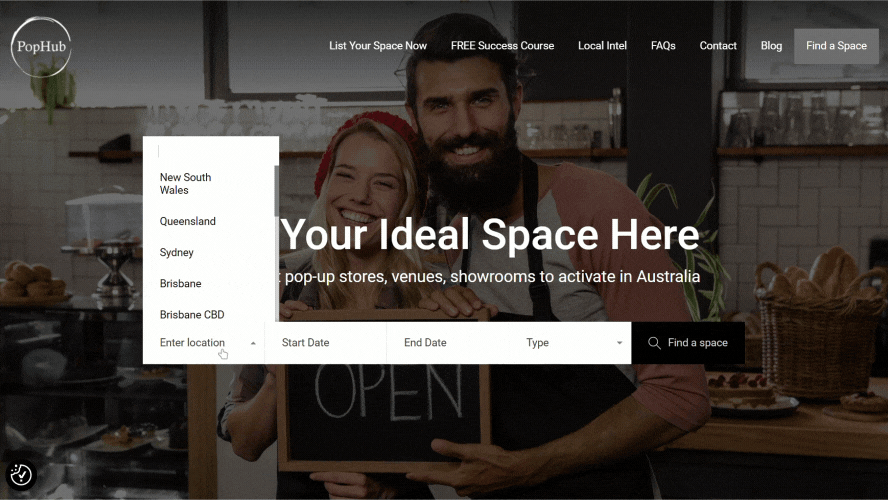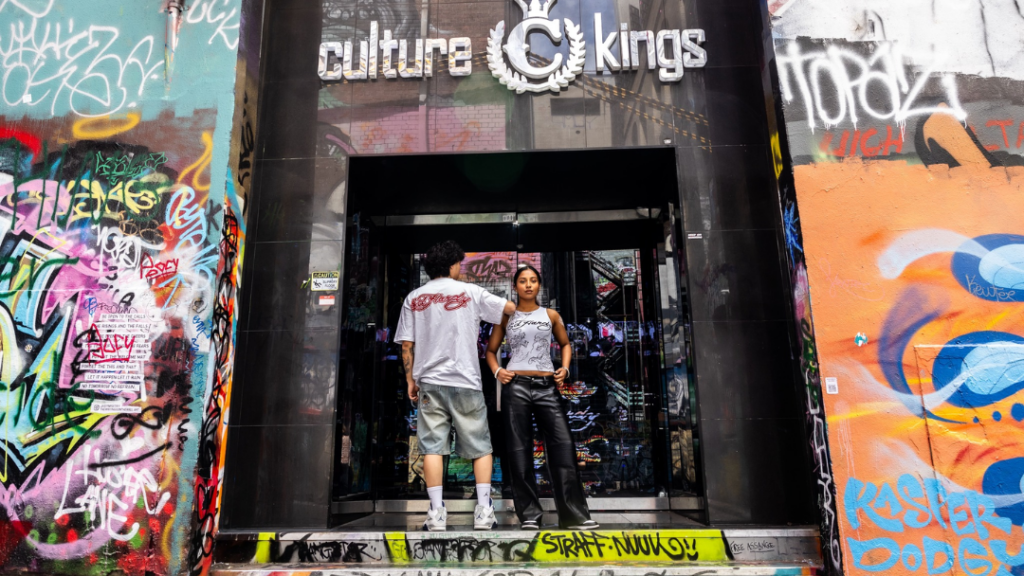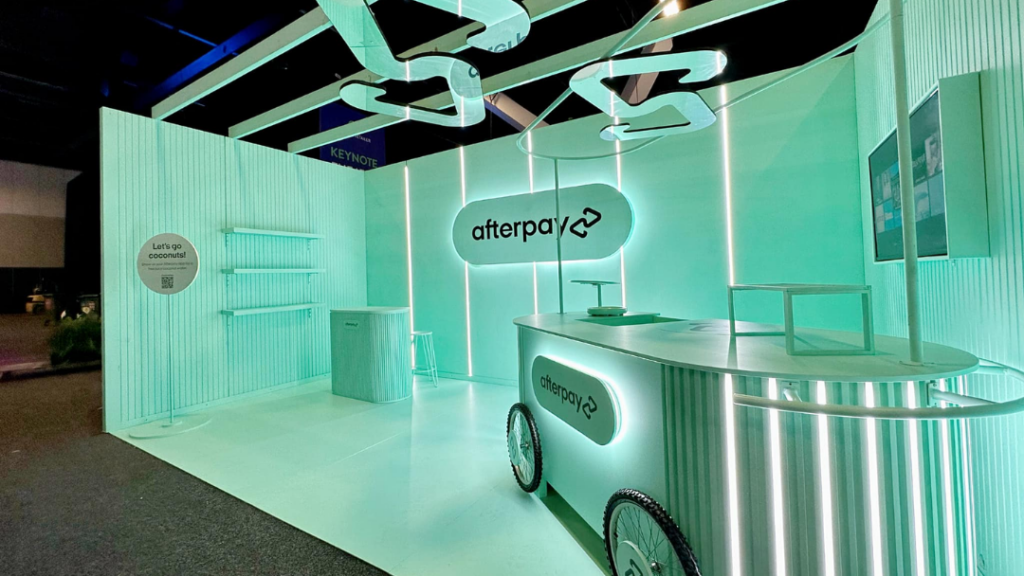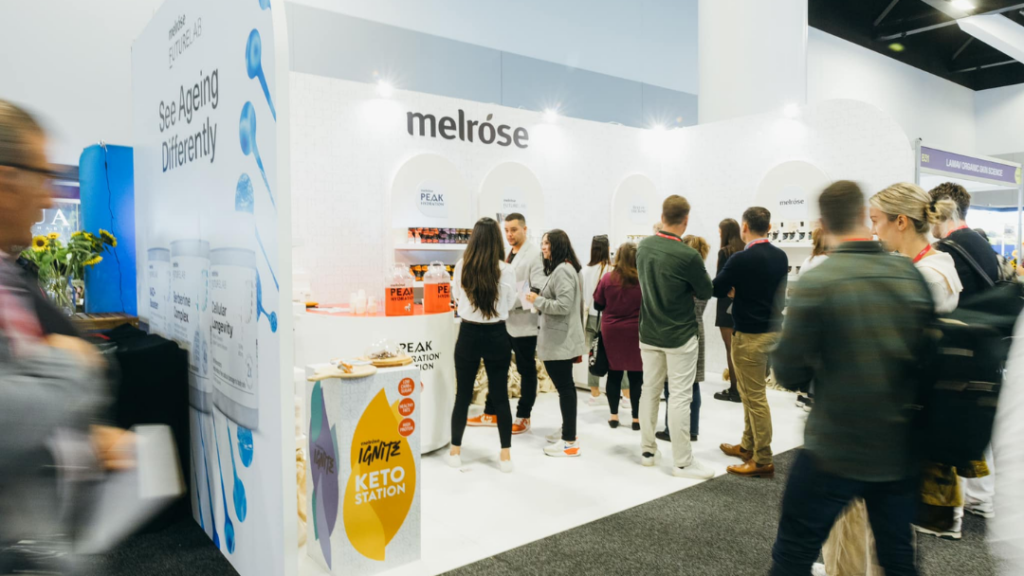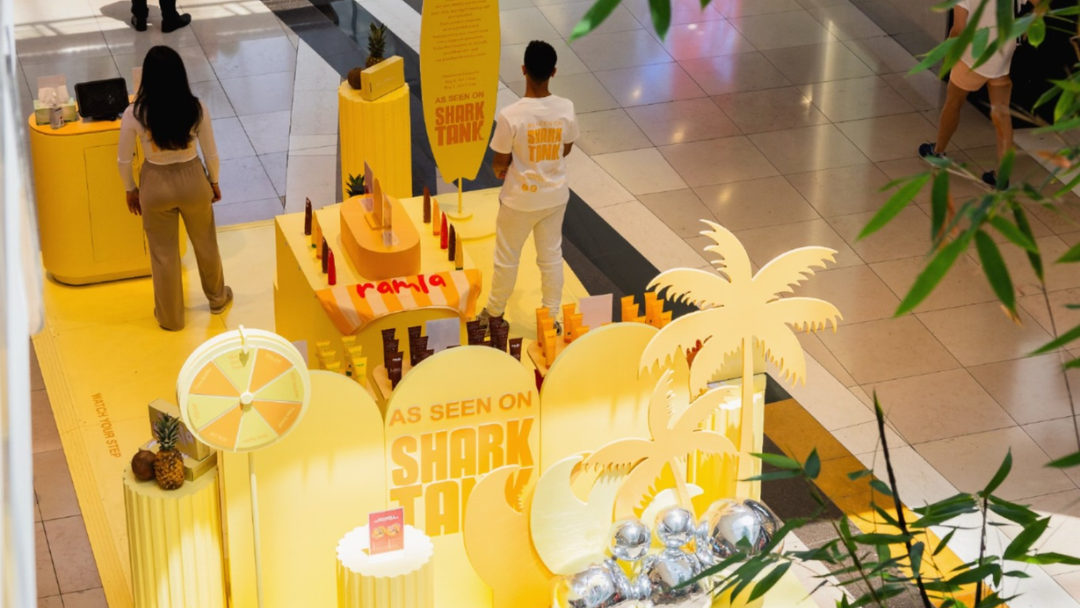
Event Branding 101: How to Make Your Pop-Up Event Stand Out
Hosting an event is a powerful way to build your brand, whether you’re launching a new business, testing a retail concept, or strengthening your connection with customers. A well-branded event creates a lasting impression, attracts the right audience, and sets the tone for future engagement.
At PopHub, we’ve helped countless brands activate spaces and execute successful events, from intimate product launches to high-energy pop-up markets. Here’s everything you need to know about event branding—and how to make your next event a memorable one.
What is Event Branding?
Event branding is how a business creates a unique identity for a physical or virtual event. It includes visual elements like logos, colors, and typography, as well as strategic elements like marketing messages, signage, event structure, and customer engagement strategies. Effective event branding ensures your event tells a compelling story, resonates with your audience, and reflects your brand’s core values.
For example, a sustainable fashion brand hosting a pop-up might incorporate earthy tones, recycled materials in signage, and messaging focused on ethical production. A tech startup, on the other hand, might use sleek, minimalist design, interactive displays, and digital activations to showcase innovation.
Key Elements of Event Branding
Successful event branding relies on consistency and a cohesive strategy.
1. Logo & Visual Identity
Your event’s logo can either mirror your brand’s existing logo or be a fresh variation designed specifically for the occasion. Ensure it aligns with your brand’s established identity to strengthen recognition.
2. Colors & Typography
Choose colors and fonts that reflect the energy of your event. Bright, bold colors work well for high-energy activations, while neutral tones might suit a more sophisticated gathering.
3. Marketing Copy & Messaging
Ensure your marketing messages reflect your brand’s voice. Whether your event is fun, exclusive, or educational, your copy should communicate this clearly across social media, email campaigns, and event signage.
4. Hashtags & Social Media Presence
Create a branded hashtag to encourage attendees to share their experience. A well-crafted hashtag helps your event gain traction online and continues engagement even after the event ends.
5. Event Website or Landing Page
A dedicated website or landing page provides a central hub for attendees to find event details, register, and engage with your brand pre-event. Make sure it reflects your branding and offers an easy user experience.
6. Signage & On-Site Branding
For in-person events, branded signage, floor graphics, and event decor reinforce your brand identity and guide attendees through the space.
7. Event Structure & Space Planning
The layout of your event space should align with your event’s goals. Whether it’s product showcases, interactive booths, or networking lounges, the design should enhance the attendee experience.
8. Swag & Giveaways
Branded merchandise leaves a lasting impression. Consider items that reflect your brand’s mission—eco-friendly bags for a sustainability-focused brand, or exclusive discount codes for digital engagement.
Tips for Branding Your Event Successfully
1. Align Your Event with Your Core Brand Values
Every element of your event should reflect what your brand stands for. If community is a core value, host networking-focused events. If education is key, offer workshops or panels.
2. Keep Branding Consistent
Ensure all touchpoints—from online promotions to on-site signage—follow the same visual and messaging guidelines. Attendees should instantly recognize your brand at every stage.
3. Centralise Event Information
Create a central hub where attendees can access schedules, FAQs, and event details. A well-organized landing page or digital guide helps streamline the experience.
4. Leverage Event Management Tools
Use platforms like Eventbrite for registrations or digital solutions like Whova for engagement. Integrate these tools with your business systems to capture attendee data and maintain ongoing relationships.
5. Maximise Social Media Exposure
Promote your event before, during, and after it happens. Encourage attendees to share their experience using your branded hashtag and tag your brand for extended reach.
6. Follow Up Post-Event
The engagement shouldn’t stop when the event ends. Send thank-you emails, collect feedback, and share event highlights on social media to keep the momentum going.
Make Your Pop-Up Event Unforgettable with PopHub
At PopHub, we specialise in creating dynamic spaces for brands to connect with their audience. Whether you’re launching a new product, hosting a networking event, or testing a retail concept, we help make your vision a reality.
Looking to host a branded pop-up? Get in touch with us today!
